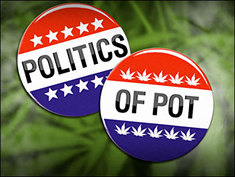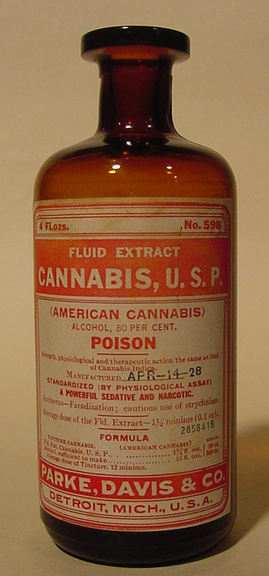
“We went to the hearing today to oppose the legislation. There were several people there for comment. It went to committee because there were too many of us to take comment from at that hearing. The Chairman at one point asked a question along the lines of almost implying that it was a joke. As he said something like, "do you expect this to get far in committee?" That's a loose quote. We had activists there signed up to speak, including myself, and they had people speaking for those laws signed up as well. They looked shocked that we were there. Our new petition comes back from the Idaho AG with recommendations no later than Tuesday. We feel that this is a knee jerk response to our petition.” Lindsey Rinehart
“We have contacted the Idaho ACLU. Had we not been there, this would have been voted through to print without committee and would have gone straight to the Floor for a vote. We wouldn't have had a chance. I know it sounds backwards, but in this one case, it going to committee was better than what would have happened. We have a chance to fight back now.” Lindsey Rinehart
“I called the secretary for this committee and she said that we need to watch the legislative page for when the next committee is. She said we will probably get about 2 days notice. We need this to be standing room only and in our favor. Supposedly, The Association of Idaho Cities was the organization that put forth the one just for Idaho.” Lindsey Rinehart
“We will need this meeting to be PACKED and it will be very short notice. Please e-mail me at [email protected] to have your phone number placed on a Text list for when this goes to committee. We Need as many supporters of medical marijuana there as possible.” Lindsey Rinehart.
Thank you Lindsey for sharing this information and allowing me to have it published on other sites. I look forward to our continued work in the future, and watching our relationship grow into some beautiful buds….no pun intended, or was there? You decide.






